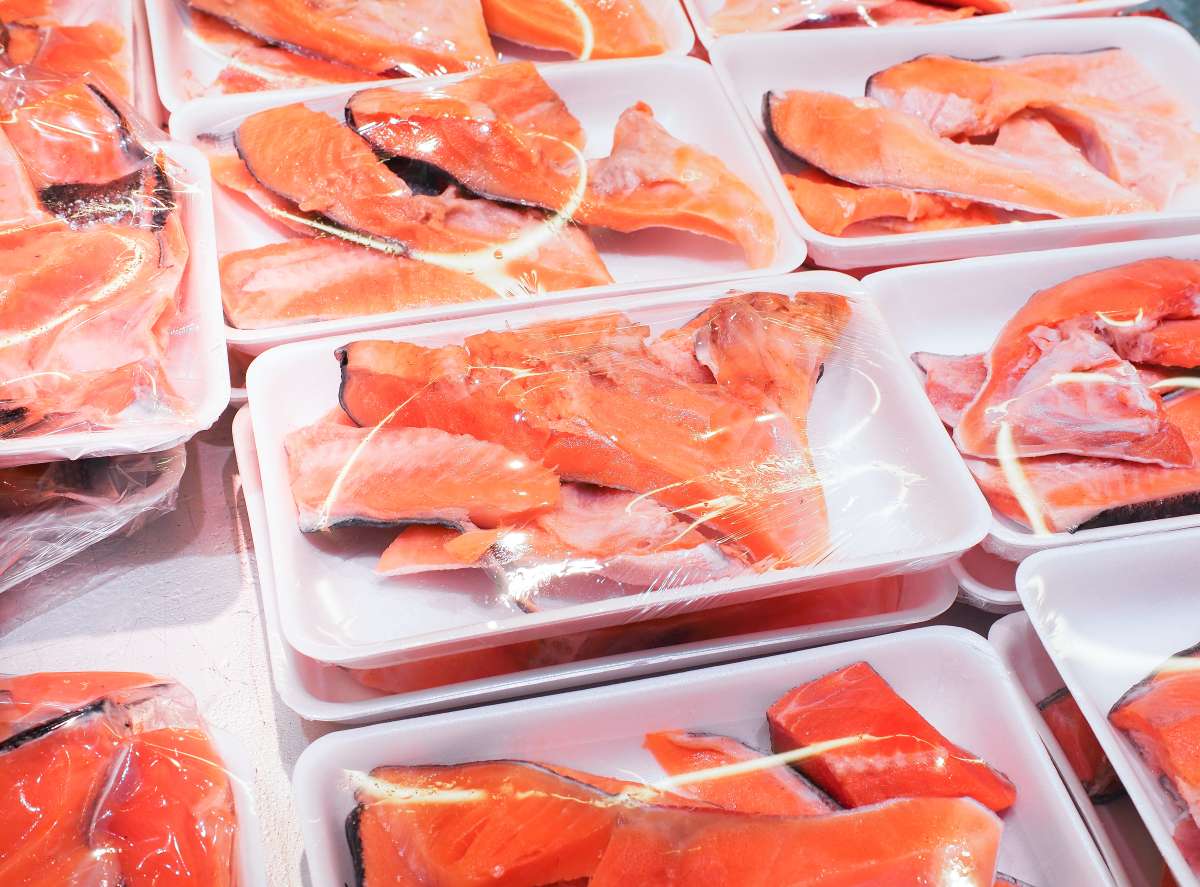Share This Article
The risk of raw fish in pregnancy is a critical consideration for expectant mothers. This article explores the potential dangers, guidelines for safe consumption, and alternatives to raw fish during pregnancy.
Pregnancy is a time of heightened caution when it comes to dietary choices, and one area that requires particular attention is the consumption of raw fish. While sushi and sashimi may be culinary delights for many, they also have potential risks for expectant mothers and their developing babies. Raw fish can harbour harmful bacteria and parasites that can lead to foodborne illnesses, some of which can have serious consequences during pregnancy. Understanding the risks of raw fish consumption is essential for expectant mothers and doctors. In this guide, we will explore the potential dangers of eating raw fish during pregnancy. We will also offer insights into safe alternatives, and provide practical tips for making informed choices to ensure a healthy and worry-free pregnancy journey.
1. Raw Fish In Pregnancy: Understanding the Risks
a. Microbial Contamination
The risk of raw fish in pregnancy primarily lies in the potential for microbial contamination. Raw fish, commonly found in dishes like sushi and sashimi, can harbour harmful bacteria, viruses, and parasites such as Salmonella, Listeria, and Toxoplasma. These contaminants pose a significant threat to the health of both the mother and the developing fetus.
b. Potential Impact on Fetal Development

Consuming raw fish during pregnancy increases the risk of foodborne illnesses, which can have severe consequences for fetal development. Infections from these contaminants may lead to complications such as preterm birth, low birth weight, and developmental issues. The delicate nature of pregnancy necessitates heightened caution regarding food safety.
2. Safe Seafood Consumption Guidelines
a. Cooked Fish as a Safer Alternative
One way to reduce the risk of microbial contamination is to opt for cooked fish. Thoroughly cooking fish helps eliminate harmful pathogens, making it a safer choice during pregnancy. Grilled, baked, or steamed fish dishes provide a delicious alternative without compromising safety.
b. Choosing Low-Mercury Fish Varieties

While cooked fish is generally safer, pregnant women should also be mindful of mercury levels. Some fish species accumulate higher levels of mercury, which can harm the fetus’s developing nervous system. Choosing low-mercury options like salmon, trout, and sardines allows expectant mothers to enjoy the nutritional benefits of fish without unnecessary risks.
Also read: Nourishing Diet: Safe Seafood Options For Pregnancy
3. Navigating Sushi and Sashimi Concerns
a. Sushi Alternatives for Pregnant Women
Pregnant women can still indulge in the flavours of sushi by opting for cooked or vegetarian alternatives. Cooked sushi rolls, such as California rolls or tempura rolls, eliminate the risk associated with raw fish while providing a satisfying culinary experience. Vegetable-based rolls and sushi bowls offer additional variety.
b. Inquiring About Restaurant Practices

When dining out, pregnant women must inquire about the restaurant’s food safety practices, especially regarding sushi preparation. Establishments that adhere to strict hygiene standards and source high-quality fish reduce the risk of contamination.
4. Raw Fish In Pregnancy: Educating Expectant Mothers
a. Providing Clear Dietary Guidelines
Doctors are crucial in educating expectant mothers about the risks of raw fish and providing clear dietary guidelines. Informing pregnant women about safe seafood choices, cooking methods, and potential pitfalls empowers them to make informed decisions about their diet during pregnancy.
b. Encouraging Regular Prenatal Check-ups

Regular prenatal check-ups allow doctors to monitor the health of both the mother and the developing fetus. During these visits, discussions about dietary choices, including the consumption of raw fish, allow doctors to provide advice based on the individual’s health and pregnancy progress.
Also read: The Role Of Prenatal Visits And Tests: What To Expect At The Doctor’s?
5. Craving Satisfaction with Safe Alternatives
a. Meeting Nutritional Needs with Cooked Fish
Pregnant women can meet their nutritional needs without compromising safety by including cooked fish into their diet. Cooked fish is an excellent source of essential nutrients such as omega-3 fatty acids, protein, and vitamins. This ensures that the mother and the developing fetus receive nourishment for optimal health.
b. Exploring Plant-Based Omega-3 Sources

For those seeking alternatives to fish, plant-based sources of omega-3 fatty acids, such as chia seeds, flaxseeds, and walnuts, offer a viable option. These nutrient-rich foods contribute to overall health and can be included in a well-rounded pregnancy diet.
The risk of raw fish in pregnancy underscores the importance of balancing culinary desires with the safety considerations of expectant mothers. By making informed choices, opting for safe alternatives, and maintaining open communication with doctors, pregnant women can confidently navigate the world of seafood. This also ensures a healthy and nourishing experience for themselves and their developing babies.
